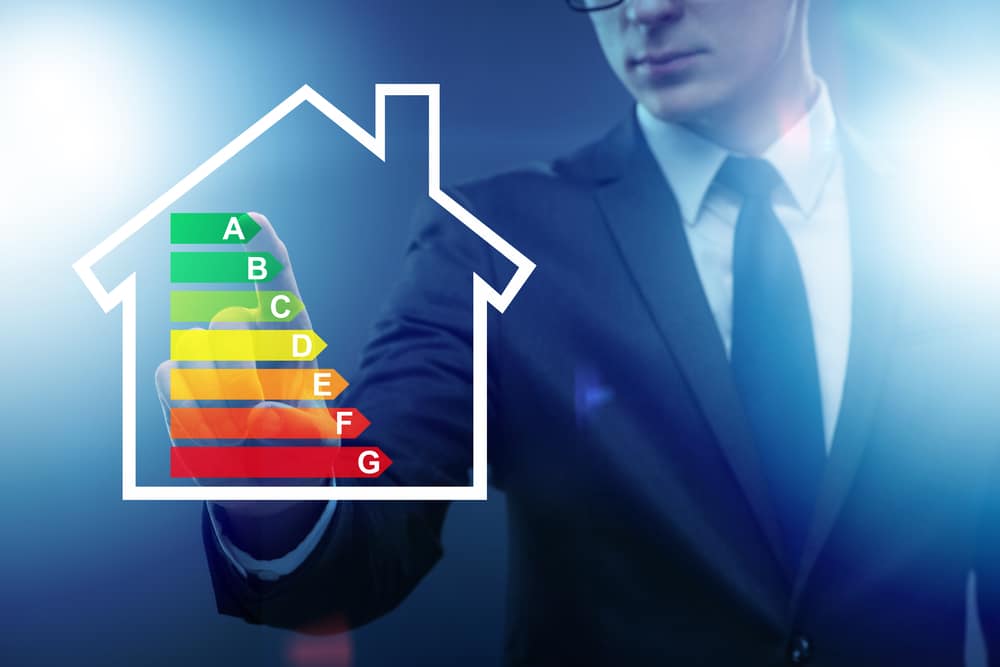When it comes to heating and cooling equipment in the home, efficiency is the name of the game. You want HVAC systems that utilize as little energy as possible to bring you the comfort and air quality you need, keeping your system in good shape and also limiting your monthly utility bill.
At Expert Services- Plumbing, Heating, Air & Electrical, we’re here to help in numerous areas, from furnace installation and repair to numerous air conditioning and even related electrical services. If you are nearing a point where you might need new HVAC equipment, such as a furnace or AC, how do you know how efficient it is? Through one of several rating systems, which we’ll go over in today’s blog.
SEER Rating
When it comes to cooling efficiency, the primary metric to be aware of is the SEER rating, or Seasonal Energy Efficiency Ratio. This measures the amount of cooling produced compared to the amount of electricity that was used to create it, with a typical range running from about 10 to 23 (some systems can reach higher than this).
The higher your SEER rating on a new AC unit, the more efficient it is and the more energy it will help you save. If you want to calculate this for yourself, take the entire cooling output from your system for the warm season, then divide that by the total electricity you used during that same time.
SEER Variants
There are a couple variants of SEER that are far less common, but are still worth being aware of:
- EER: The same as SEER, except using a single outdoor temperature and a single indoor temperature taken once, rather than using a range of temperatures throughout the season. As you might imagine, this metric is less precise and is usually only used for smaller units.
- IEER: Often used for split rate systems, IEER integrates different conditions and potential outputs for a given system and helps it evaluate varying temperature states.
AFUE
Jumping over to the heating side of things, AFUE refers to the amount of fuel used for a given furnace or boiler system, plus how much of that fuel went directly to heating. An AFUE rating of 90, for instance, means your system uses 90% of the energy it pulls in to create heat, with 10% waste. The higher the number, the less waste used.
HSPF
HSPF, short for Heating Seasonal Performance Factor, is only used for heat pumps. It involves dividing the heat output by the electricity used, with a rating up to 10 – the higher the rating, the more efficient the model is.
For more on the various efficiency ratings you might see when purchasing new HVAC equipment, or to learn about any of our HVAC or plumbing services, speak to the staff at Expert Services- Plumbing, Heating, Air & Electrical today.
